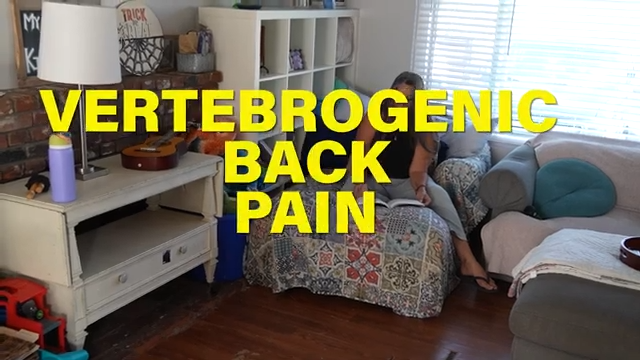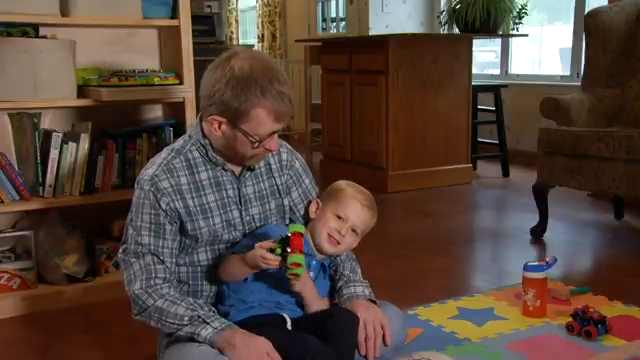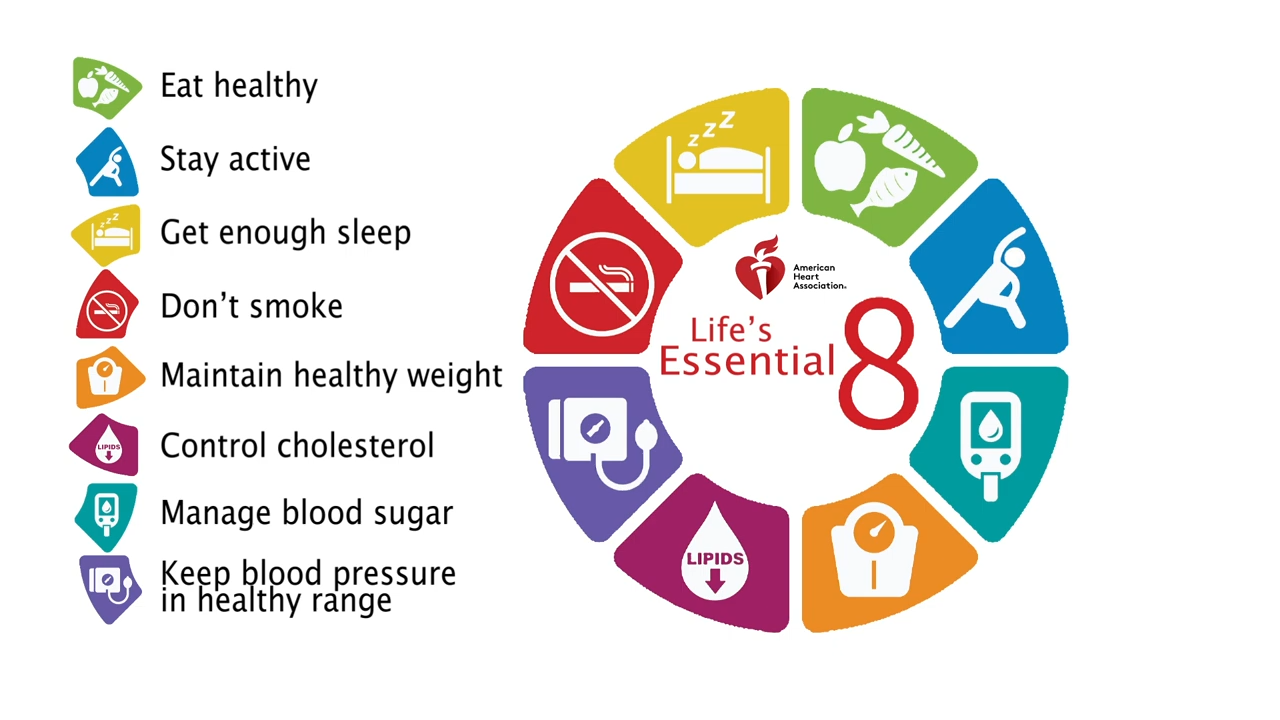Durham, N.C. (Ivanhoe Newswire) — Nearly 16 million American adults have chronic backaches, stabbing, pulsing pain that cannot be easily relieved by medication or physical therapy. In some cases, even surgery does nothing to relieve the pain. That’s when a tiny implant called a spinal stimulator can give some patients their lives back.
Sixty-four-year-old James Moharter spent 17 years in excruciating pain … “We got hit from behind, sent into some other vehicles, five cars rolled and rolled.”
Three back surgeries provided no relief. He was on pain medication 24 hours a day, including morphine, oxycodone, and fentanyl.
Moharter says, “People would be pinning notes on me because they came to the house and couldn’t wake me up.”
James told his doctors he wanted to find another way to manage the pain. Doctors at Duke suggested this, a spinal stimulator.
Peter Yi, MD, Anesthesiologist at Duke Health explains, “It’s just kind of another tool in your pocket that a patient can use to help decrease their pain.”
The spinal stimulator looks like a pacemaker with two wires attached.
Doctor Yi says, “There are leads that are placed in the epidural space and it’s sending an electrical impulse down into the area of the spinal cord.”
Surgeons implant the device in the lower back or buttocks. The device targets the nerves that process pain. The patient controls the strength of the signal with a remote.
Moharter explains, “I have a wireless charger that I have to hold against my hip every couple weeks to charge me up a little bit.”
Moharter says he barely needs any medication at all now. “Couldn’t do this before. I’m trying to gain back things that I thought I never would do again.”
And for the first time in years, Moharter is going camping.
Before doctors permanently implant the stimulator, patients need to go through a five to seven-day trial with the device. The stimulators can be removed if there is an infection or mechanical problem. While patients can swim with the completely implantable device, doctors recommend patients switch the stimulator off while they are driving.
Contributors to this news report include: Cyndy McGrath, Producer; Roque Correa, Editor and Videographer
Sources:
https://mayfieldclinic.com/pe-stim.htm
SPINAL STIMULATOR RELIEVES BACK PAIN
REPORT #2993
BACKGROUND: Chronic back pain is defined as symptoms that come on gradually, last for a long time, and stick around for more than six weeks. The pain is typically caused by a specific event or injury. Chronic back pain is different from acute back pain, which usually comes on suddenly and goes away within two to six weeks. Chronic back pain often causes you to avoid physical activity or compensate in other ways, which can make the pain worse in the long run. Research shows that eight out of ten Americans will experience some sort of back pain during their lifetime, and of those who have back pain, about 8 percent, deal with chronic pain. There are several underlying conditions that can contribute to chronic back pain such as muscle deconditioning; improper posture; genetics and aging; traumatic events; and overuse or repetition of everyday activities.
(Source: https://www.healthpartners.com/blog/common-causes-of-chronic-back-pain/)
SPINAL CORD STIMULATION: Spinal cord stimulation is most often used after nonsurgical pain treatment options have failed to provide enough relief. They can be used to treat or manage different types of chronic pain including back pain; post-surgical pain; arachnoiditis (painful inflammation of the thin membrane that covers the brain and spinal cord); heart pain; injuries to the spinal cord; nerve-related pain; peripheral vascular disease; complex regional pain syndrome; pain after an amputation; and visceral abdominal pain. These stimulators consist of thin wires (electrodes) and a small, pacemaker-like battery pack (generator). The electrodes are placed between the spinal cord and the vertebrae, and the generator is placed under the skin, usually near the buttocks or abdomen. They allow patients to send the electrical impulses using a remote control when they feel pain. Both the remote control and its antenna are outside the body. Many of the latest devices are placed by physicians with highly specialized training in interventional pain management under x-ray and/or ultrasound guidance.
RETRAINING THE BRAIN TO TREAT CHRONIC PAIN: Researchers have created a type of treatment called pain reprocessing therapy (PRT) to help the brain “unlearn” the kind of pain associated with chronic back pain. PRT helps people learn to recognize pain signals sent to the brain as less threatening. Therapists help patients do painful movements all the while helping them re-evaluate the sensations they experience. A team at the University of Colorado, led by Yoni Ashar, MD (now at Weill Cornell Medical College) and Tor Wager, MD (now at Dartmouth College) enrolled 151 people in the first clinical trial with mild to moderate chronic back pain for which no physical cause could be found. One of three treatments was given: four weeks of intensive PRT, a placebo injection of saline into the back, or a continuation of care as usual. After 4 weeks of PRT, 66 percent of people who underwent the therapy reported being pain-free or nearly pain-free. In contrast, only 20 percent of people who received placebo injections and 10 percent of those receiving usual care reported similar improvements. The reductions in pain after PRT were largely maintained a year after treatment. Ashar says, “This treatment is based on the premise that the brain can generate pain in the absence of injury or after an injury has healed, and that people can unlearn that pain. Our study shows it works.”
(Source: https://www.nih.gov/news-events/nih-research-matters/retraining-brain-treat-chronic-pain)
* For More Information, Contact:
Stephanie Lopez
Free weekly e-mail on Medical Breakthroughs from Ivanhoe. To sign up: http://www.ivanhoe.com/ftk



